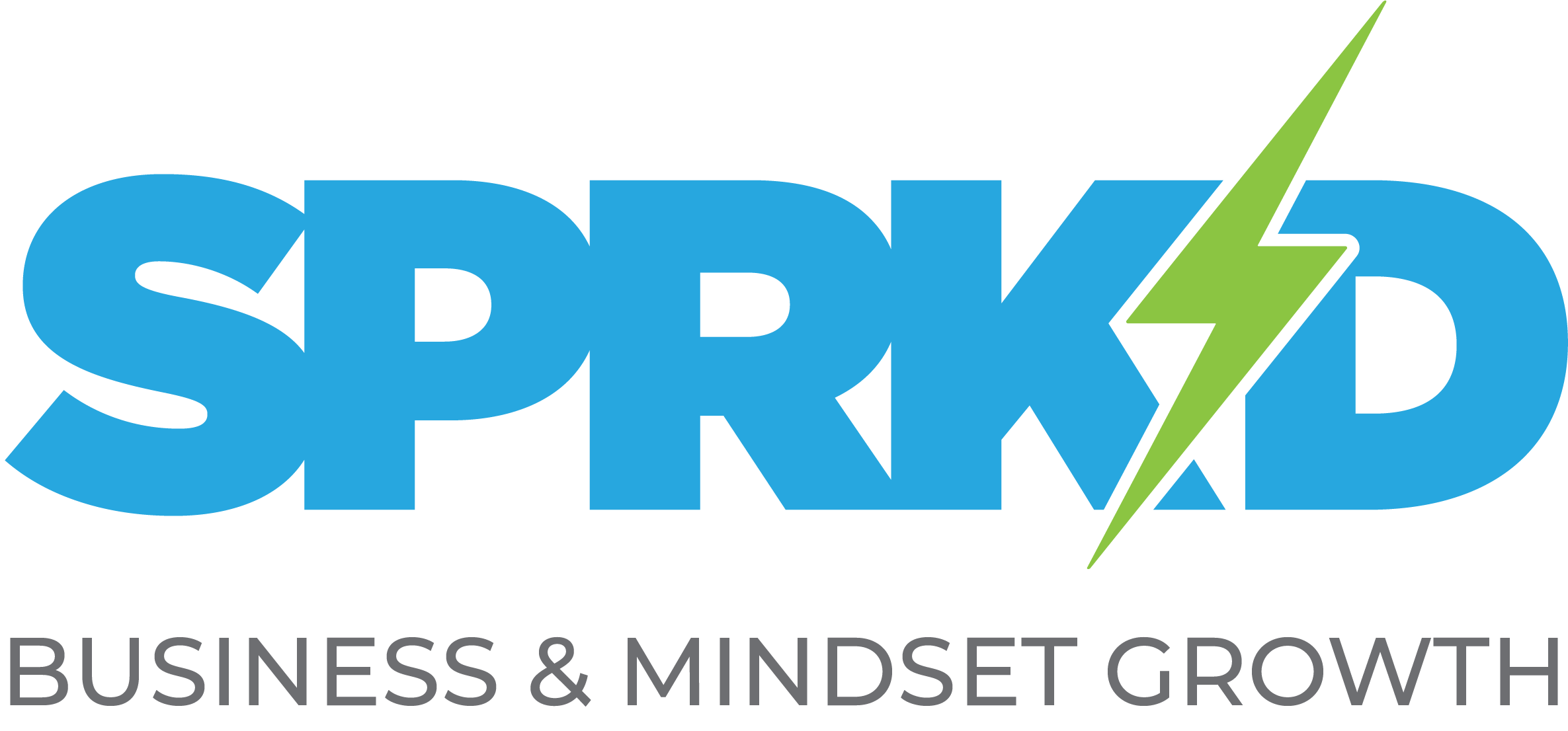Build a business you love to lead. Create the life you want.
A proven formula for your social media posts

One of the biggest questions companies today face is: How do we leverage the reach of social media to effectively promote our brand?
Though we have integrated social media rather effortlessly into our daily lives, figuring out how to turn its ubiquity into profits is somewhat more challenging. After all, the majority of web users are only too aware of how to distinguish an ad from their friends’ commentary on the latest political scandal. Consequently, they often regard poorly-disguised sponsored content on their newsfeed with amused annoyance at best, complete obliviousness at worst.
To push back against this user savvy, many companies have ended up taking a deeply technical approach in thinking about their social media presence. Commonly asked questions include: How often should you post? When should you post? How many hashtags should you include per post?
But I’ve noticed that this approach tends to produce posts written in a deeply stilted tone – posts that basically scream, My writer did not produce me in order to say something meaningful! My writer is just doing their job in order to get paid!
I mean – fine, we are all just trying to make a living here. But think about how you personally use social media. Think about what posts grab your attention, and what posts cause your eyes to glaze over. Think about how – even without the “sponsored post” label! – you would instinctively know the difference between your friend’s holiday photo and a promotional post encouraging you to buy shoes online.
Yet, despite all that, have you ever clicked on sponsored content out of pure curiosity?
I know I have.
What, then, is the magic formula that makes certain types of sponsored content incredibly clickable – even though you know that it’s fundamentally an ad?
Well, according to me at least, the difference lies in how the post is written. More specifically, it lies in how the post itself complements the article or the photo that’s being shared.
(Note: If you’re sharing an article, that puts a lot of pressure on the headline to be good. That’s possibly an element out of your control, if you’re linking to third-party content. But if you’re not, that should really motivate you to level up your headline-writing game!)
Let’s look at some of the more common ways of sharing a post on social media, in order to evaluate what works and what doesn’t.
The sample post
1. Repeating the title of the article
If your post also reads “A 7-Step Checklist to Writing for SEO,” you’re basically contributing no new information to your reader’s experience.
Moreover, you’re basically placing the full responsibility of grabbing the reader’s attention on the headline. But what if the headline isn’t very good? What if it’s vague or unclear?
The headline’s message is, by definition, short and succinct. Your post gives you an additional opportunity to expand on that short message, and to delve deeper into the content you’re trying to share. Don’t waste it.
2. “You’ll never guess what #6 is!”
This is an especially popular clickbait method, as it capitalizes on the reader’s natural curiosity.
However, the problem is that most people who have spent a reasonable amount of time on the Internet would recognize this as clickbait, and consequently wouldn’t bother giving your post the time of day.
This is not to say that the method no longer works at all.
Inserting an opinion into the post can help make the post sound more personal, which can help reduce the clickbait factor driving this type of post. For example, “We thought #3 in particular was really helpful!” suggests to the reader that you’d like them to click through not simply to sate their curiosity, but because the post contains actual informational value.
3. Using a quote from the article itself
I personally use this method fairly often, because it’s informative in a way that’s immediately relevant to the content you’re sharing. A well-selected quote will expand on the message within the headline, while illustrating the type of content you can expect to see if you do click through.
However, the admitted drawback to this method is that you lose the opportunity to showcase your brand’s personal voice in your messages. This is especially true if you’re sharing third-party content, because that means that the post will not be written using your brand’s voice at all.
Remember that social media is primarily a means through which you get to engage directly with your intended audience. If using quotes will detract from building your brand’s individual identity, you should use a more personalized method instead.
4. Asking for the reader’s opinion
For example, you could say, “Do you use a different method to write for SEO?”
I personally like doing this because a well-considered question will directly encourage the reader to engage with the material. Better yet, it encourages the reader to engage with your brand over the material – and social media is arguably most effective as a platform for interacting directly with your leads and customers alike.
5. Targeting the reader’s pain point
Here’s an example of what I mean: “Blog posts not performing well in search engine results? Here’s what you can do to change that.”
This method is most effective for brands who have done the necessary homework to target their sales personas.
However, the method may also inadvertently narrow your target field more than is ideal. Although it’s important to create targeted content, the hyper-specificity of a question like the one detailed above might accidentally exclude segments of your ideal audience. As such, careful wording is key here.
6. Offering your brand’s opinion or perspective
In some ways, this point is really the summation of all that I have covered earlier. It could be more accurately described as the foundational principle guiding the most effective social media posts.
Yes, your brand’s social media presence needs to be consistent with your brand’s overall messaging. But try to view that as an opportunity to leverage social media to expand on your brand’s message.
For example, one of my personal favorite social media campaigns is the Twitter account for Denny’s Diner.
Here’s an example of the kind of content they produce:
a denny’s haiku:
love can be messy.
spaghetti can be messy.
but both are worth it.— Denny’s (@DennysDiner) May 11, 2016
Is this tone appropriate for most brands? No. Is this a formula you can imitate to achieve social media success for your own brand? No.
But what I love about it (and the posts on that account in general) is how unabashedly Denny’s has embraced a particular style for its brand. Moreover, the specificity of the writing style clearly appeals to a very niche type of customer: someone with a ridiculous, drunken sense of humor like myself loves it, while a rich and put-together businessman probably won’t. But let’s be real, would that businessman eat at Denny’s in the first place?
Not only are the tweets tonally specific, they also read like something that their target audience would post. (Yes, now you have some idea of how I sound on my personal social channels… don’t judge, okay?) The tweets are entertaining. It’s the kind of content that fits right in on my newsfeed. As a result, it’s what I want to see on my newsfeed.
Sure, not every company wants to appeal to the wasted millenial in the throes of an existential crisis. But tone and style aside, the principles driving my love for Denny’s Twitter presence can and should be applied to different industries.
The next time you share content on your social media channels, ask yourself:
- Am I providing more information than what the reader can already immediately gather for themselves (through the article’s headline, the photo’s visuals, etc)?
- Am I personalizing the viewpoint or perspective within the post in a way that’s consistent with my brand’s presentation?
- Have I written a post that would fit right in with my target audience’s social media newsfeeds?
- Am I sharing this content because I have to, or because I want to and because it connects to my brand’s position in its industry?
Using social media to spread your brand’s message is appealing because it presents an unparalleled opportunity to reach maximum audiences for minimal costs. However, simply jumping on the social media bandwagon without considering how your brand’s messages might fit in with the way your target audience uses social media can prove fairly ineffective.
Today’s web users are especially turned off by advertising that’s disguised as content. As such, for your content strategy to work, you need to prioritize creating content that adds value first and foremost. This principle must extend to your social media strategy.
Ultimately, the best social media posts are the ones that read naturally: the ones that stylistically mirror the way actual people use social media to share experiences and insights – and the commentary actual people write for their photos and articles isn’t clickbaity, repetitive, or disengaged.
Social media can enable your brand to humanize itself by directly interacting with your leads and customers. In turn then, your brand’s social media presence should sound like it’s run by people who are more passionate about the ideas driving your chosen industry – not people who are more concerned about formulaically increasing click rates or sales numbers.
Recent Posts
UNLOCK YOUR POTENTIAL IN 30 MINUTES
👀 Seeking efficient solutions to the business, marketing, or mindset challenges you face?
🚀 Ready to take your business to the next level?
⏰ Short on time?
QuickWin Coaching is designed with you in mind. Why waste hours in lengthy coaching sessions when you can achieve remarkable results in a mere 30 minutes?





